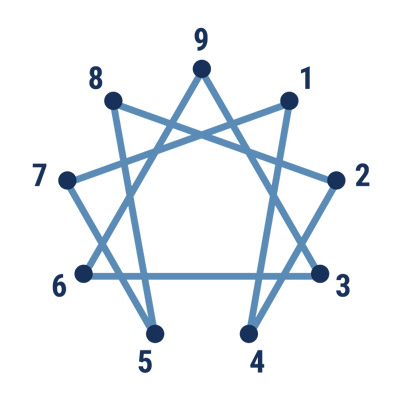If you’ve ever been in a meeting where a problem is brought up and someone immediately offers a solution — “Let’s just fix it by doing XYZ” — you know how tempting it is to jump into action mode.
But here’s the truth: Most of the time, the real issue isn’t what’s on the surface. It’s buried under layers of assumptions, old habits, and unspoken expectations.
That’s why I love using the 5 Whys. It’s simple. It’s powerful. And it gets people to stop reacting and start reflecting.
So, what exactly is the 5 Whys?
It’s a tool we often use in coaching and team sessions. You start with the problem and ask “Why?” — not once, but five times (or however many it takes) — to get to the root of what’s really going on.
Let me give you an example.
Let’s say that your key managers are disgruntled because leadership failed to hit a project deadline that impacted many staff members.
As a leadership team you could say to each other, “We need to hit agreed-upon deadlines.”
Or we could ask:
Why was the deadline missed?
Because we were slow to make the decisions needed to kick off the team.
Why were we slow to make those decisions?
Because the leadership team wasn’t in agreement on the project’s scope.
What kept us from getting agreement on the scope?
Because no one wanted to take responsibility for it.
Why did no one want to take responsibility for it?
Because several members didn’t see it as a high priority and a few others had too much on their plates.
Why did several members not see it as a high priority and others feel overloaded?
Because as a leadership team, we haven’t aligned on shared priorities or balanced workloads in a way that ensures accountability for key initiatives.
Voila! Now we’re not just putting a Band-Aid on the issue — we’re getting to the real source of the misfire.
Why do I love this tool so much?
Because it slows people down.
We live in a fast-paced, “fix-it-now” world, especially in leadership. But rushing to solve the wrong problem wastes time, frustrates teams, and — let’s be honest — creates more mess to clean up later.
The 5 Whys invites leaders to be curious, not just corrective.
It shifts the conversation from “Who’s to blame?” to “What system or expectation needs attention?”
And when you model that as a leader, you give your team permission to think deeper, speak up, and collaborate on more thoughtful solutions.
Where does this show up in real life?
Everywhere.
- Strained communication between teams
- High turnover in a specific department
- A new manager who isn’t gaining traction
- A leadership team struggling to align on strategy
When I walk into organizations and hear frustration or see recurring issues, my instinct is to pause and ask, “What’s underneath that?” The 5 Whys helps us answer that question in a grounded, non-defensive way.
A few tips if you want to try it:
- Don’t treat it like an interrogation. It’s a dialogue, not a cross-examination. Be curious and kind.
- Be willing to go deeper. Sometimes the third or fourth “why” is where the light bulb goes off.
- Write it down. It’s helpful to see the chain of thinking as it unfolds.
- Use it with your team. You’ll be surprised how much insight comes out when multiple perspectives are invited in.
And remember…
Just because a solution feels fast doesn’t mean it’s the right one. True leadership means stepping back, asking the hard questions, and being open to what’s really going on beneath the surface.
That’s how we build stronger leaders, healthier teams, and smarter organizations.
Do you want to explore how tools like the 5 Whys (and many others) can help your team get aligned and grow? Let’s talk. We’d love to hear what’s showing up in your world and how we can dig in — together.
Theresa Gale
Principal




